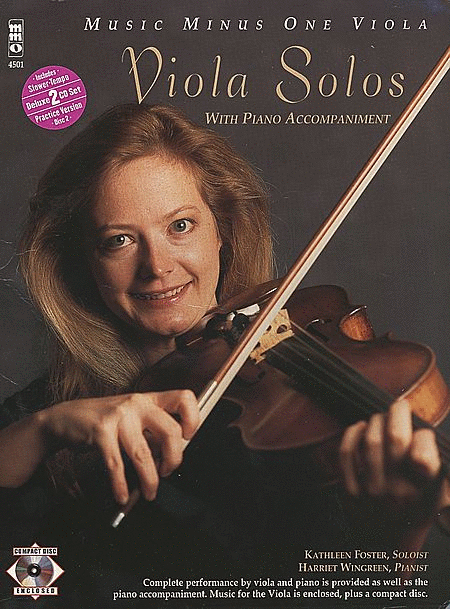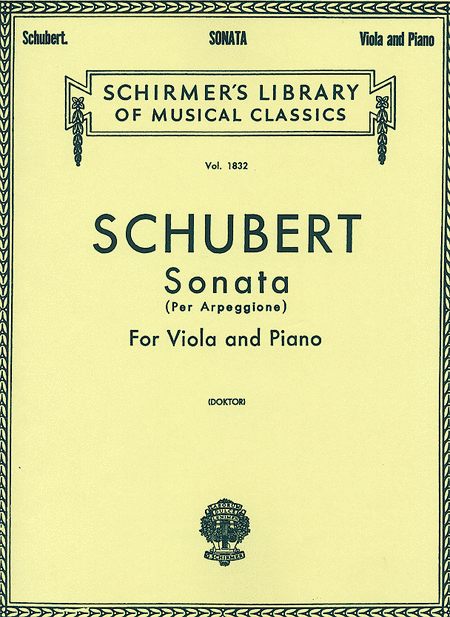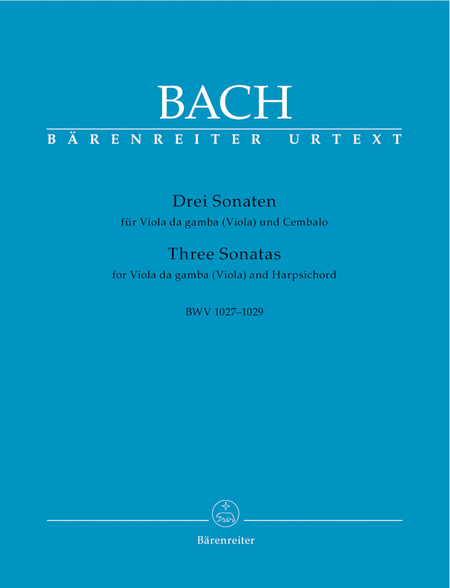Ihr Tore zu Zion also called Ihr Pforten zu Zion (You
gates of Zion), BWV 193, is a sacred cantata by Johann
Sebastian Bach. While living in Leipzig Bach composed
several cantatas for the Ratswechsel, the inauguration
of the newly elected town council. This event took
place in a festive service, which was not part of the
liturgical year, on the Monday following the feast of
St. Bartholomew on 24 August. In 1723, Bach's first
year in Leipzig, he began the series with Preise,
Jerusalem, den Herrn,...(+)
Ihr Tore zu Zion also called Ihr Pforten zu Zion (You
gates of Zion), BWV 193, is a sacred cantata by Johann
Sebastian Bach. While living in Leipzig Bach composed
several cantatas for the Ratswechsel, the inauguration
of the newly elected town council. This event took
place in a festive service, which was not part of the
liturgical year, on the Monday following the feast of
St. Bartholomew on 24 August. In 1723, Bach's first
year in Leipzig, he began the series with Preise,
Jerusalem, den Herrn, BWV 119.
Bach first performed Ihr Tore zu Zion, BWV 193 on 25
August 1727 at St. Nicholas Church. The words are by an
unknown poet, who is assumed by Christoph Wolff to have
been Bach's regular collaborator Picander, the
librettist of the related secular cantata. The text
identifies Leipzig with the holy city of Jerusalem,
praising God as the protector of the "Leipziger
Jerusalem". Ideas from psalms are included, using
Psalms 87:2, "The Lord loveth the gates of Zion more
than all the dwellings of Jacob." in movement 1, and
Psalms 121:4, "Behold, he that keepeth Israel shall
neither slumber nor sleep." in movement 2.
The work shared material with a secular cantata which
premiered the same month. Ihr Häuser des Himmels, ihr
scheinenden Lichter, BWV 193a, was a dramma per musica
(drama for music) composed for the name day of Augustus
II the Strong on 3 August 1727. Movements 1, 3 and 5 of
Ihr Tore zu Zion are probably a parody of the secular
work. However, the music of this piece, is also lost.
According to Alfred Dürr, both works may include
earlier music, perhaps composed in Köthen.
One movement of the text of Ihr Tore zu Zion, a
recitative, is lost. It is possible that a final chorus
is also missing, but the cantata is normally performed
with the opening chorus repeated at the end.
The surviving music was first published in 1894. It
cannot be given a satisfactory performance without a
certain amount of reconstruction of lost material, as
the parts for tenor and bass are missing, as is the
basso continuo for all of the music. A reconstruction
was made for Helmuth Rilling in 1983 by Reinhold Kubik.
Ton Koopman made a version for his 1999 recording,
adding a tenor voice, three trumpets and timpani, to
achieve the scoring Bach usually used for festive
occasions like this.
In this, the second aria "Sende, Herr, den Segen ein"
(Send down, Lord, Your blessing) for alto, oboe and
continuo, the ornamentation of the oboe stands for
God's blessings. Mincham concludes from the unison of
voice and oboe from measure 13 that mankind is depicted
in tune with it.
Although originally scored for Oboe, Alto (Voice) and
continuo, I created this arrangement for Solo Viola.












